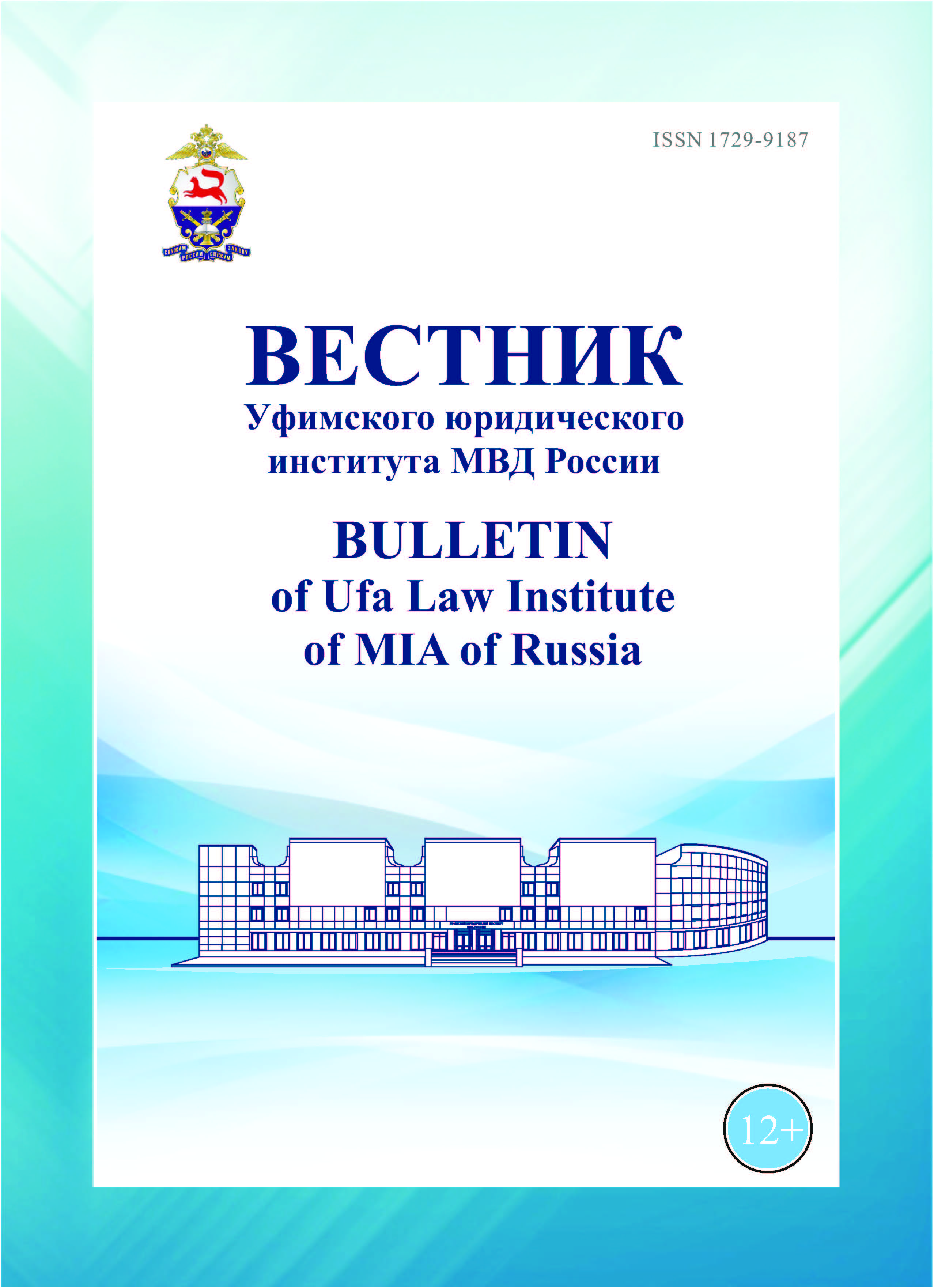UDC 811
The article presents the legal acts regulating the official status of Russian Sign Language, as well as various orders of the Ministry of Internal Affairs of the Russian Federation aimed at organizing Russian Sign Language training for employees of the internal affairs bodies. The question is raised about finding the optimal way to record signs. Different points of view on the structure of the sign and its components are considered. Possible examples of sign notation that can be used in Russian Sign Language classes are given.
Russian Sign Language, notation, teaching, sign localization, sign component
1. Convention on the Rights of Persons with Disabilities (concluded in New York on December 13, 2006 // Collection of Legislation of the Russian Federation. 2013. No. 6. Art. 468. (In Russ.)
2. On approval of the procedure for determining positions in the internal affairs bodies of the Russian Federation, the fulfillment of duties for which requires that employees of the internal affairs bodies of the Russian Federation have the skills of Russian sign language: order of the Ministry of Internal Affairs of Russia dated May 12, 2015 No. 544. URL: https://minjust .consultant.ru/documents/14914 (date of access: 01.10.2022). (In Russ.)
3. On the scope of proficiency in Russian sign language by employees of the internal affairs bodies of the Russian Federation replacing certain positions in the internal affairs bodies of the Russian Federation: Order of the Ministry of Internal Affairs of Russia No. 681, Ministry of Education and Science of Russia dated June 15, 2015 No. 681/587. URL: https://mvd.consultant.ru/documents/1055233 (date of access: 01.10.2022). (In Russ.)
4. On amendments to the Procedure for determining positions in the internal affairs bodies of the Russian Federation, the performance of duties for which requires that employees of the internal affairs bodies of the Russian Federation have the skills of Russian sign language, approved by order of the Ministry of Internal Affairs of Russia dated May 12, 2015 No. 544. URL: https: //base.garant.ru/71725368 (date of access: 01.10.2022). (In Russ.)
5. Valdavina S. E., Posidelova V. V., Khoroshko E. Yu. Theory and practice of Russian sign language: textbook. allowance. M.: DGSK Rossii, 2018. 174 p. (In Russ.)
6. Petrova E. A. Logical-cognitive interpretation of substantive-nominative proposimes in dictemic discourse: diss ... Dr. of Philology. Ufa, 2012. 416 p. (In Russ.)
7. Zayceva G. L. Zhestovaya rech'. Daktilologiya: ucheb. dlya stud. vyssh. ucheb. zavedeniy. M.: Gumanit. izd. centr VLADOS, 2000. 192 s.
8. Stokoe W. C. Sign Language Structure: An Outline of the Visual Communication Systems of the American Deaf // Studies in linguistics: occasional papers. No. 8. Buffalo: University of Buffalo, 1960. 37 p. (In Russ.)
9. Naurazbaeva L. V., Posidelova V. V., Khoroshko E. Yu. Dictionary of Russian sign language for employees of internal affairs bodies: dictionary. Ufa: Ufimsky Yui MIA of Russia, 2019. 222 p. (In Russ.)
10. Apresyan Yu. D. Ideas and methods of modern structural linguistics. M., 1966. 305 p. (In Russ.)
11. Mini dictionary of sign language / comp. L. M. Osokina, V. I. Varygin. Moscow, 2014. 118 p. (In Russ.)
12. Zaitseva G. L. Gesture speech. Dactylology: textbook. for stud. higher textbook establishments. M.: Humanit. ed. center VLADOS, 2000. 192 p. (In Russ.)









